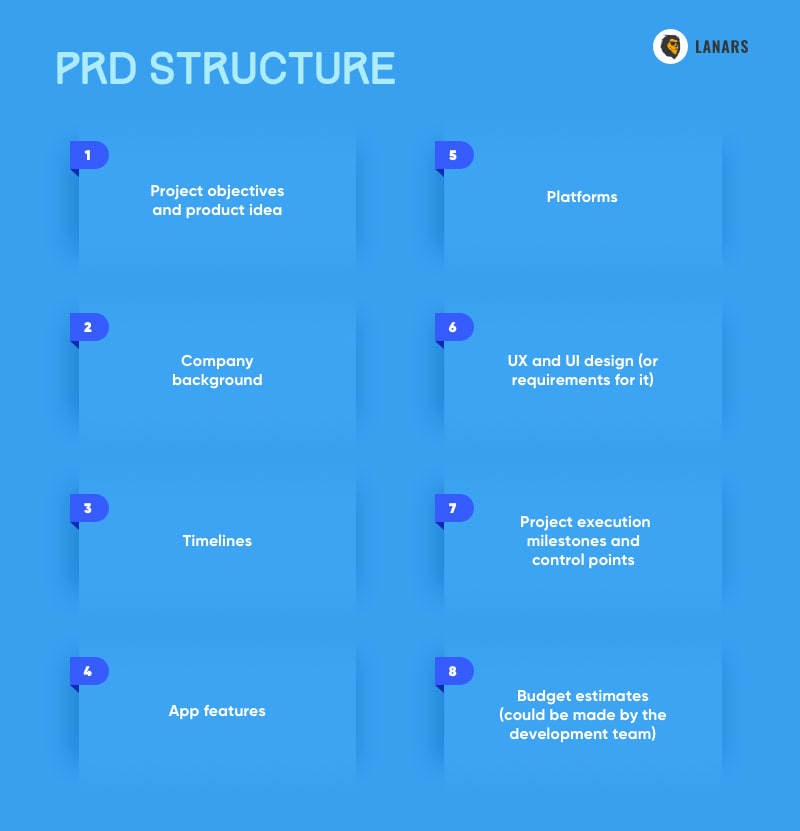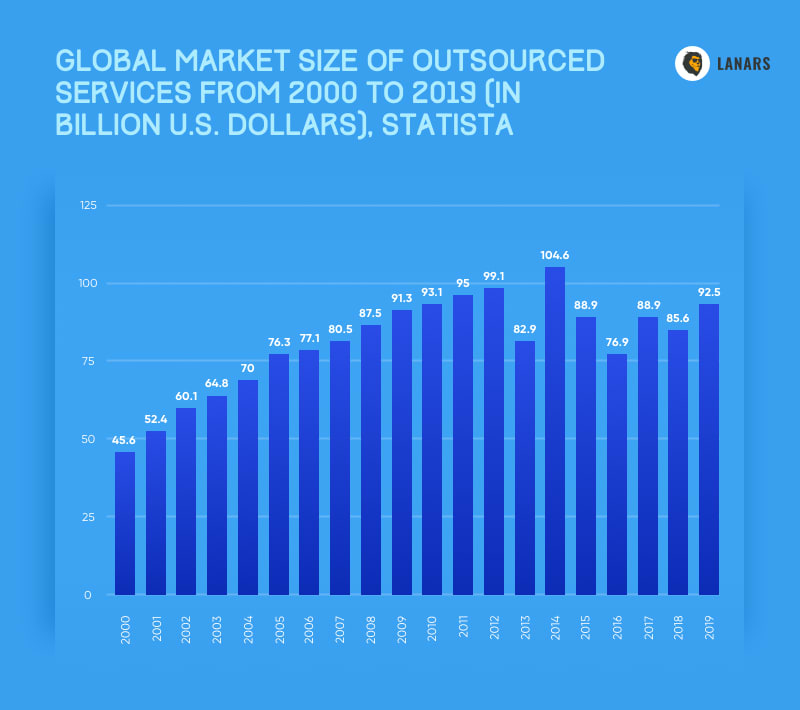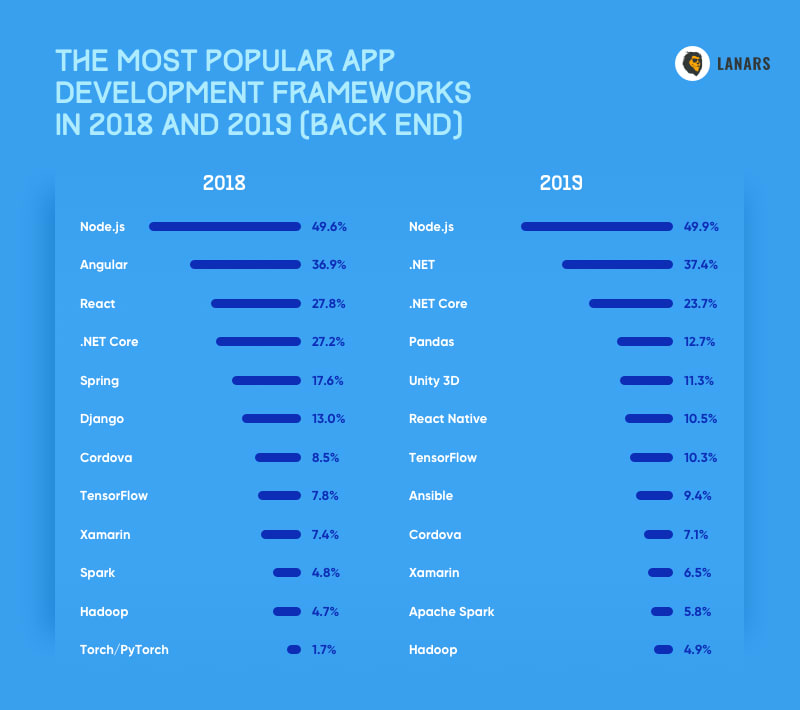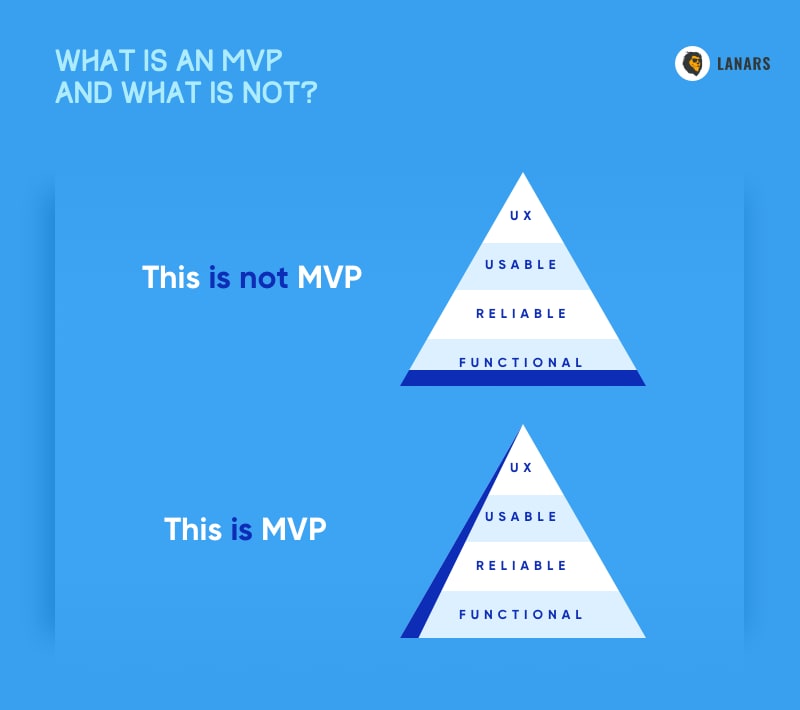There are several ways to plan your tech startup budget and organize the development process. Corporations with continuous programming flow opt for hiring in-house workers and provide them with tasks on a full-time basis.
Small startups tend to outsource development and make only short term plans. In this case, their cost to make the app is minimized, but the project quality may be low too.
Non-tech companies that have only a few digital products to serve their clients (websites and apps), tend to hire part-timers or ask digital agencies for help regarding particular projects.
So, is there any proven way to reduce the costs of creating an app or website that is applicable for any type of business? Use our article to craft a winning financial strategy in 2020.
1 Create the Product Requirements Once
Efficient planning is a number one rule that should be applied by both large corporations and small startups. The idea behind this approach to calculate mobile apps development costs is to include all possible options in your budget and avoid unexpected spending wherever possible.
A product requirement document, also called a PRD, is a highly-structured list of your app features as well as the projected tech stack. Here are some key PRD components:
- Project objectives and product idea
- Company background
- Timelines
- App features
- Platforms
- UX and UI design (or requirements for it)
- Project execution milestones and control points
- Budget estimates (could be made by the development team)
Although the product requirements can be presented to your remote or in-house team in any form you like (including informal emails, presentations, official meeting, etc.), we recommend you to create an official document. Make it as specific and understandable to all parties as possible. That will reduce app development costs associated with a lack of understanding between the executive team and the product owner, and will reduce the risk of the product having to be rebuilt several times.
In addition, a clear PRD helps to align the marketing and development departments, as well as confirming if you are ready for the app development stage, or you need to spend more time analyzing your market niche, target audience, and commercial opportunities. Remember: flexible or uncertain requirements usually creates quality issues.
Learn more — App development Process: From Idea to App Maintenance.
2 Outsource or In-House
Choosing the type of mobile app development staffing structure is a critical stage of your project planning. Your final decision will influence budget costs, workflow structure, and even the product maintenance concept.
In 2018, Deloitte’s outsourcing research showed that more than 31% of app development is being outsourced globally. However, you’ll find it difficult to locate a company that doesn’t have a single in-house worker. The question is how to optimize the cost of developing an app by keeping the right balance between in-house and outsourced task execution.
Development outsourcing is a form of cooperation with developers that allows you to cut down on office rental and equipment costs, minimize internal workflow, and choose employees from the global talent pool. You can hire an entire dedicated team of contractors, with advanced (and rare) expertise and work with them on the project base. This approach works well in these cases:
- You don’t want to hire tech expertise, but just receive a ready-to-use product according to your PRD at the end;
- You don’t have a constant need for programmers and other specialists (designers, QAs, project managers);
- You work in a specific field and you need an expert that may not live in your region;
- You want to cut down on mobile app development costs by hiring specialists from a geographical region where the hourly rates are lower.
And while the main reason why owners outsource development tasks is to reduce project spending by 50%, the key advantage of in-house cooperation is project risk reduction. Here are some of the most common outsourcing drawbacks (details — IT Outsourcing Advantages and Disadvantages):
- Security risks
- Inconvenient work time and communication synchronization
- Hidden development costs
- Loss of control
- Quality drawbacks
If you still want to opt for outsourcing, follow our detailed instructions — How to Outsource App Development.
3 Choose your Cooperative Model Wisely
The cooperation model is one more issue to think about while planning your app development budget. There is no cooperation model that reduces all the outsourcing risks, however, you can choose one that best suits your type of project.
How does the cooperative model influence the cost to build an app? First, let’s clarify that the cooperation model term is applicable only in the case of task outsourcing. In-house task execution means that you provide your employees with working space, hardware, and software, and pay them according to time spent in the office.
Outsourcing approaches may vary. There are two main options:
- The fixed price model
works for — companies who prefer a detailed PRD, small projects, MVPs
A fixed-price agreement between a client and an outsourcing team declares that the client will pay a fixed price for the final result. At the pre-agreement stage, your company share its requirements and project tech specifications. Freelancers, a dedicated development team, or an outsourcing vendor provides you with budget estimates and possible timelines.
The advantage of this approach is that there is no risk of going over budget and the result could be evaluated easily. However, the fix-price model doesn’t allow you to change your product idea or features on the go. If your project PRD is not clear enough, use another cooperation model.
- The time-and-materials model
works for — long-term projects and startups with dynamic or fluid requirements
If your project requirements are uncertain, your app development cost should also be flexible. The time-and-materials model means that you, as a client, has to cover the actual number of hours the remote team spent on your tasks. Also, you should pay for any materials that were required for task execution: software, equipment, subscriptions, and even licenses.
The model allows you to establish better project timing, change the project vector in critical situations, and monitor programmers’ efficiency better. There are also some risks: the time-and-materials model can lead to unforeseen costs and burning the budget too quickly. Also, it has a lower level of control.
Find precise cooperative models comparison here — Time-and-Materials vs Fixed Price vs Milestone Pricing Models.
4 Use Credible Technologies
The technological stack is a set of programming languages, frameworks, and digital tools used by programmers and other specialists to craft an entire product in a tech area. The Tech stack has a big influence on the average cost of app development, as it determines the development workflow, the style, and complexity of app maintenance, as well as increased costs and the level of commercial risk.
Any tech stack consists of front-end and back-end components. However, some of the most common development tools work well, both for the client’s side of the app and the server. A proven tech stack can help you to optimize the development process and save team resources.
Your cost to develop an app will be lower if you use some of the most popular stacks: LAMP, Python-Django, MEAN, MERN, .NET, or Ruby on Rails. To learn more about their specifics check our blog article Choosing a Tech Stack for Full-Cycle Web Application Development.
In general, using any of the popular all-in-one solutions is more preferable for startups and MVP, as their knowledge base is wide and there are thousands of specialists you can call upon for development, testing, or maintenance difficulties. These tech stacks are also highly integrative and flexible. In addition, they are constantly updated (in most cases — the components update themselves automatically), so your app performance will keep up with the technology.
So why use other technologies, instead of those that are popular with the market leaders? The problem is that you can’t always build an app with custom features using existing tech stacks. In this case, we advise that you look for credible solutions in terms of data security.
5 Choose the Platform for Your Mobile App
One more way to reduce app development costs is to choose the right app development platform. The platform solution will also influence your marketing budget. To choose a platform (it could be Android or iOS), conduct market research. Try to find out what is the dominant app platform among your audience. These criteria about your target clients will help you with that issue:
- Age
- Location
- Gender
- Income level
- Mindset and lifestyle
Although Android is significantly more popular than iOS (2019 market share statistics shows that Android made up 74.45%, while iOS got only 22.85% of the market), iOS users are considered to be richer and make online purchases more frequently.
At that same time, there are several geographical areas where iOS is still the major mobile platform. iOS is a strong leader in the US, Australia, and Western Europe. If you plan to serve clients from those particular areas, opt for an Apple native app.
As for the costs of creating an app, they also differ according to the platform you choose. Android is harder to work with for numerous reasons. First, there are so many Android screen types, and the platform is less standardized compared to iOS. This means that to develop an Android app, you need to hire specialists for a longer period.
Android native apps are also more expensive in terms of maintenance. iOS native apps can be developed faster and are generally cheaper, however, it will take more time to upload them to the App Store. For more information — Android vs iOS: Which Platform to Build Your App for First Is Better.
Cross-platform development is a modern and cheaper alternative to the native development approach. Cross-platform apps work on Android, iOS, and Windows devices using a single codebase which significantly reduces costs. It is commonly 40% cheaper than native app development. The approach works well for apps that don’t need native hardware feature integration (in-built cameras, accelerometer, or hygrometer).
6 Start with MVP
An MVP (Minimum Viable Product), is a product with only the essential features, that can serve users performing the main idea of your startup. The MVP approach is a part of Lean development that is based on building product versions, measuring the results, then learning how to make the product better and more profitable.
Moreover — an MVP is not about optimizing app development. The approach also helps you to build a sales funnel and test it. Consumer-critical choice parameters, demand for particular features, and the cost of attracting a new customer are things that should interest you more than anything else.
How can you minimize the cost to make an app with an MVP? Analyze your competitors, list and prioritize features, build an MVP, then study customers’ behavior and feedback. There are a number of advantages you’ll get following the Lean Startup methodology:
- You will not waste all your budget costs on developing a full-size product that no one really needs.
- You will know for sure which features are in demand and what you need to improve first within your app tech structure.
- You will be flexible enough to change the startup direction at any time, if you find out that your target audience will not bring you the projected profits.
Create an MVP development checklist with the LANARS guide — How to Build a Minimum Viable Product (MVP).
Mobile apps development costs can be reduced with the right approach to your product testing. Improving the quality of an app’s performance or changing the core codebase when your app is almost complete is more costly than testing feature by feature or constantly conducting code quality assurance.
7 Forget About Custom Graphics and Processes
Custom solutions cost more, that’s why opting for some proven and popular technologies, as well as ready-made tech stacks, is a good way to save your budget. However, that doesn’t mean that you need to reject customization totally. Custom tech approaches can optimize your workflow and make product maintenance cheaper.
At the same time, custom UX and UI designs are a part of the marketing strategy. An outstanding interface could easily make your app popular in a second, and a good customer experience works as a magnet for new customers and media. So let’s see what the main factors that increase the cost of developing an app are:
- Custom functional services and integrations (push notifications, camera integration, or GPS)
- Creating a custom app infrastructure (corporate servers and custom CDNs)
- Unusual buttons, forms and other elements as a part of UI
- Design complexity (motion graphics and 3D effects)
To make your mobile app development cost lower without making your app less appealing, we recommend that you keep your app as simple as possible, drawing a clear line between what elements and processes are critical to your promotional strategy and what is not. Remember that minimalistic apps like Tinder or Uber can also be in high demand, if they perform revolutionary features long awaited by customers.
A good way to avoid high costs is to use ready-made code fragments, designs created with UI building tools, and remote teams that are experienced in working on projects of your kind. For details read another blog article — How to minimize risks in app development offshoring.







Top comments (0)
Some comments may only be visible to logged-in visitors. Sign in to view all comments.